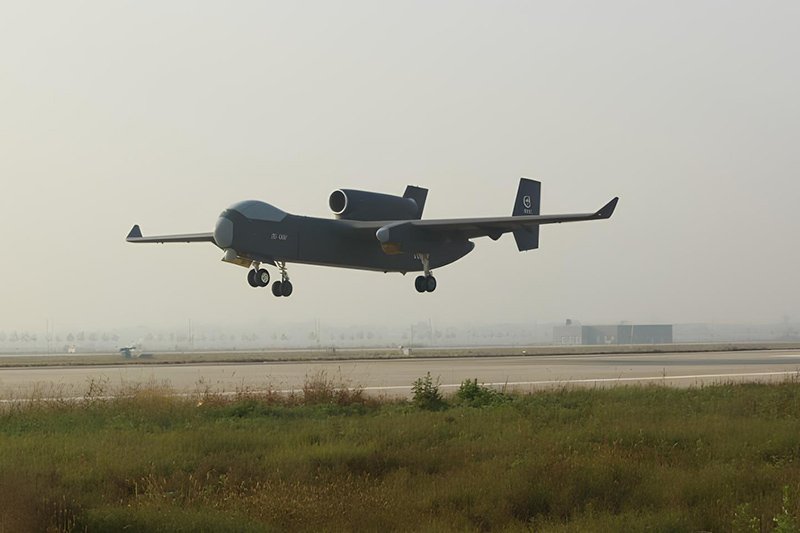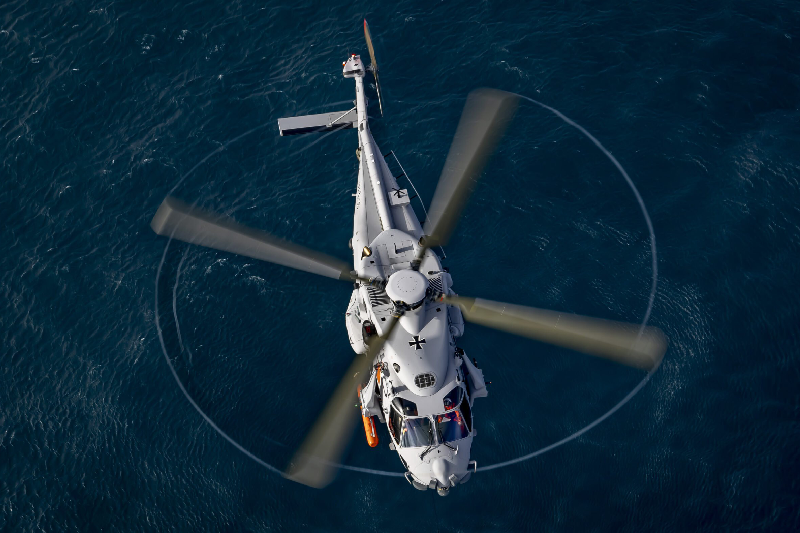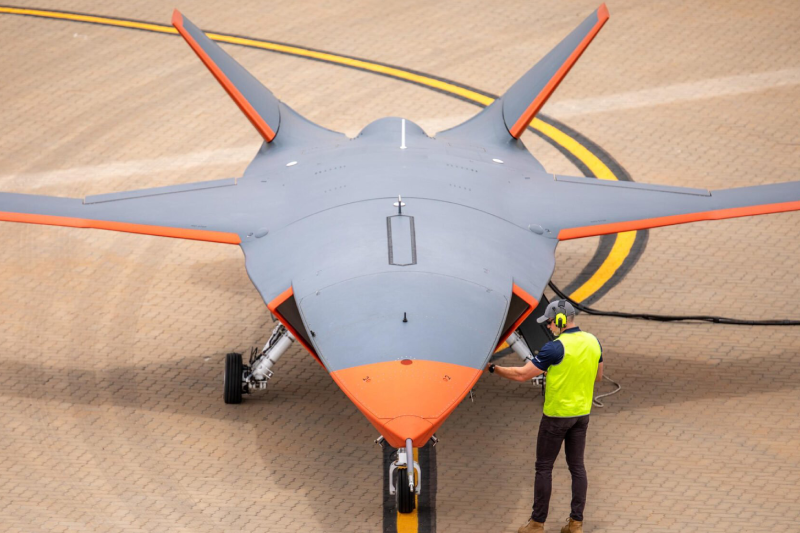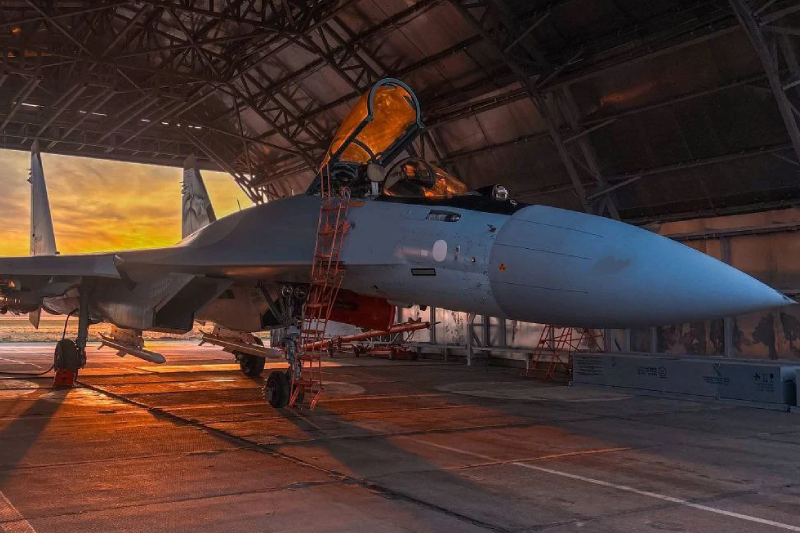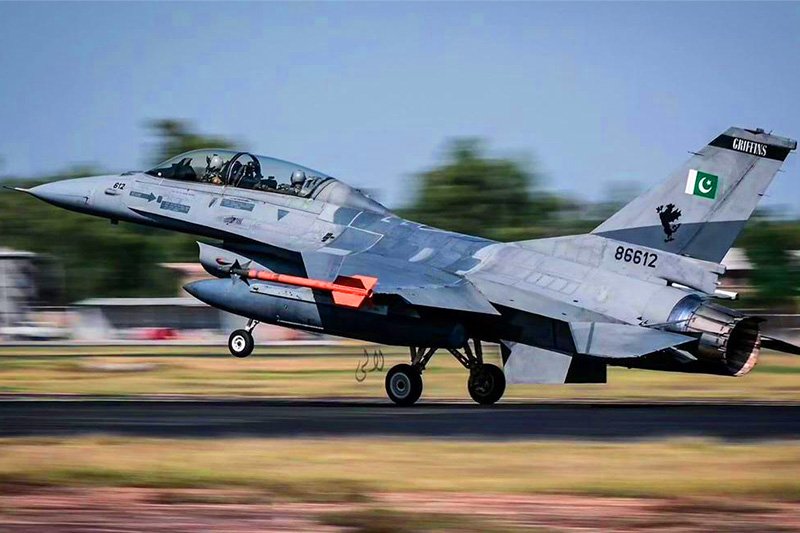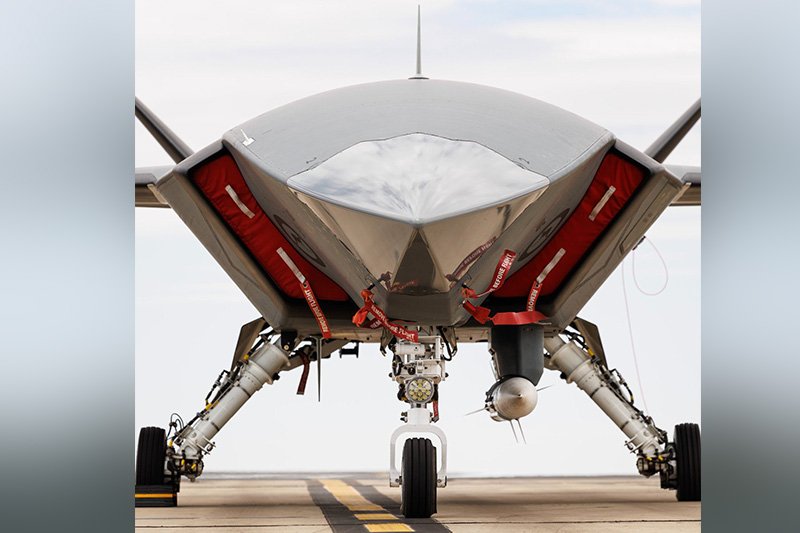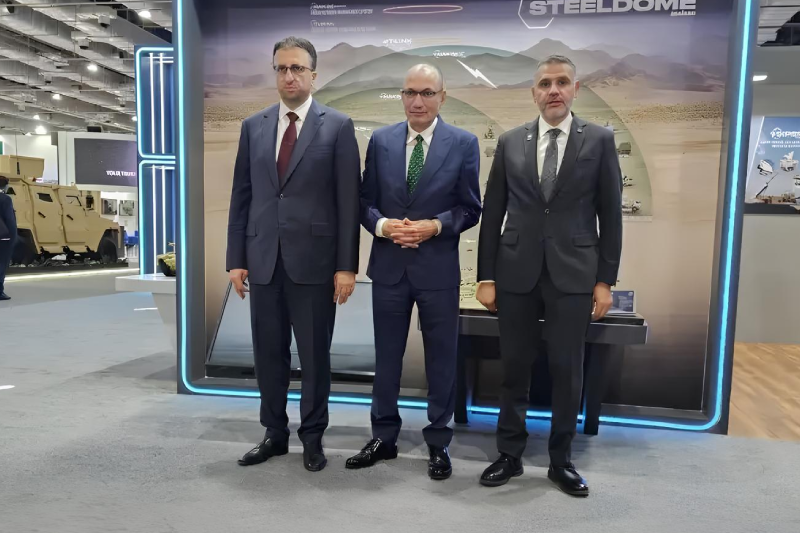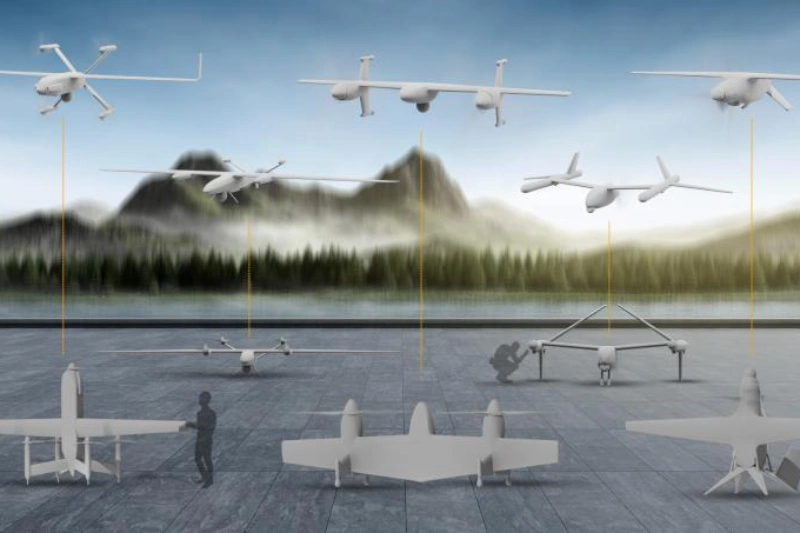Flight Test Highlight Future Of VTOL Drones
The defense industry stands on the brink of a revolutionary leap in unmanned aerial systems technology. Five cutting-edge vertical take-off and landing (VTOL) aircraft are preparing for comprehensive flight testing this month, marking a significant milestone in military aviation capabilities. These advanced unmanned aerial systems promise to transform how warfighters access air power across diverse operational environments.
EVADE Program Speeds Up Military Aviation
The Early VTOL Aircraft Demonstration (EVADE) program represents DARPA’s ambitious initiative to rapidly deploy advanced unmanned aerial systems capabilities. Unlike traditional development cycles that prioritize perfection before deployment, EVADE emphasizes speed and iterative improvement. This approach enables faster identification of operational challenges and quicker resolution of technical issues.
Major Phillip Smith, DARPA Program Manager and former AV-8B Harrier pilot, leads this groundbreaking initiative with a focus on practical deployment rather than theoretical perfection. The program significantly accelerates the original ANCILLARY program timeline, moving flight testing from late 2026 to immediate deployment. This dramatic timeline compression demonstrates the military’s urgent need for enhanced unmanned aerial systems capabilities in modern warfare scenarios.
Advanced Autonomy Systems Streamline Operations
The integration of Sikorsky MATRIX flight autonomy algorithms across all five EVADE platforms represents a standardization breakthrough in unmanned aerial systems technology. These sophisticated algorithms manage complete mission profiles from takeoff through landing, dramatically reducing operator workload during extended transit flights. This autonomous capability proves essential for military units operating in resource-constrained environments where dedicated personnel may be unavailable.
The Naval Surface Warfare Center Dahlgren Division’s Battle Management System (BMS) complements the autonomy software by providing standardized payload management across all platforms. This integration interfaces directly with the Tactical Assault Kit, ensuring seamless information sharing between unmanned aerial systems and ground-based warfighters. The elimination of dedicated ground control stations reduces both operational costs and logistical complexity.
Diverse Missions Enhance Combat Flexibility
EVADE platforms demonstrate remarkable versatility through five distinct mission categories: logistics support, communications relay, weapons delivery, synthetic aperture radar operations, and intelligence, surveillance, reconnaissance, and target acquisition (ISR/RSTA). This mission diversity transforms these unmanned aerial systems into highly adaptable “flying trucks” capable of supporting varied operational requirements.
Each platform maintains minimum specifications of 12-hour endurance at 100 nautical miles while carrying 60-pound payloads. These capabilities significantly exceed existing VTOL unmanned aerial systems in similar weight classes, providing enhanced operational range and mission duration. The high load fraction relative to aircraft size maximizes payload capacity while maintaining VTOL operational flexibility.
Industry Innovation Drives Technical Excellence
Five leading aerospace companies – AeroVironment, Griffon Aerospace, Karem Aircraft, Method Aeronautics, and Sikorsky – contribute unique technological approaches to the EVADE program. Each performer optimizes different operational aspects including VTOL control systems, airspeed capabilities, storage capacity, cruise altitude performance, station time duration, powertrain configurations, and control methodologies.
This diverse approach ensures comprehensive exploration of unmanned aerial systems design possibilities while fostering competitive innovation within the defense contractor ecosystem. The variety of technical solutions provides military decision-makers with multiple options for different operational scenarios and mission requirements.
New Rules Enable Broad Deployment
The 330-pound maximum gross takeoff weight threshold represents a critical regulatory milestone for unmanned aerial systems deployment. Current Department of Defense policies require aircraft exceeding 55 pounds to be operated by fully licensed pilots within aviation units, creating significant operational barriers for widespread field deployment.
Recent policy evolution allows case-by-case approval for non-aviation units to purchase and operate aircraft up to 330 pounds. Pending policy changes may eliminate special permission requirements entirely, dramatically expanding access to advanced unmanned aerial systems capabilities across military organizational structures.
Strategic Impact on Modern Warfare
ANCILLARY program objectives focus on democratizing air power access across military hierarchies, enabling small operational units to directly control air assets when needed. This capability transformation brings Group 4 and 5 drone capabilities to smaller units including Army companies, Marine Corps detachments, special operations teams, and naval vessels.
The ability to deploy these systems without additional infrastructure requirements proves particularly valuable in austere environments where traditional aviation support may be unavailable. This operational flexibility provides warfighters with game-changing capabilities previously accessible only to major military formations.
Also read this: France Picks Saab GlobalEye as E-3F AWACS Successor
Future Development
The ANCILLARY program structure supports rapid spiral development methodology, enabling continuous improvement throughout the aircraft lifecycle. Planned enhancements include advanced weather hardening, autonomous sea-state landing capabilities, improved engine efficiency, and expanded sensor integration.
Following successful summer flight testing, DARPA plans to transition ANCILLARY aircraft and associated capabilities to military services by the end of 2025. This aggressive timeline reflects the urgent operational need for enhanced unmanned aerial systems capabilities in contemporary military operations.
The EVADE program represents more than technological advancement; it embodies a fundamental shift toward distributed air power capabilities that will reshape military operations for decades to come.
Keep connected with us at Facebook, Twitter, YouTube, Instagram & TikTok for latest defense happening around the globe.
Discover more from International Defence Analysis
Subscribe to get the latest posts sent to your email.



